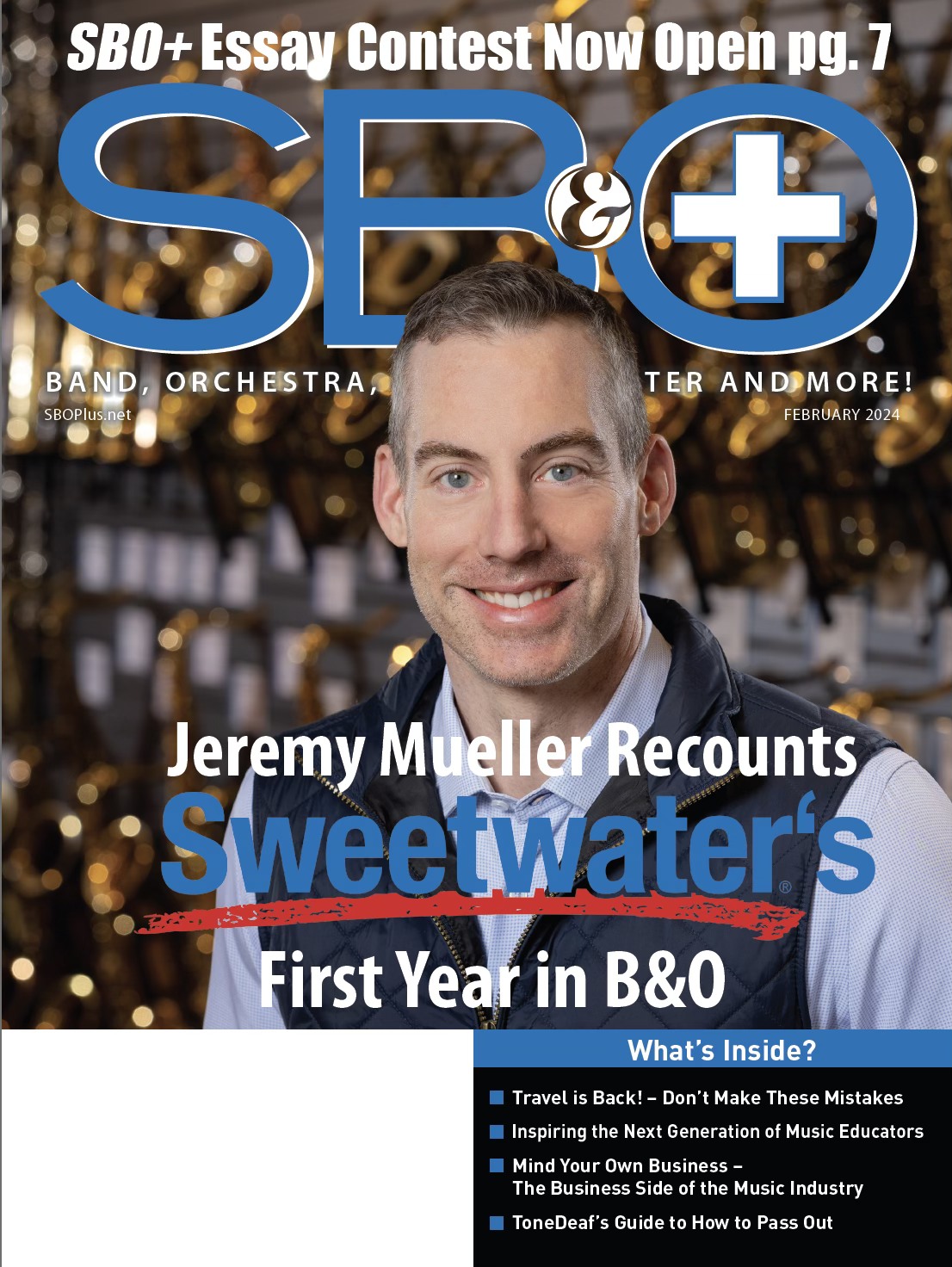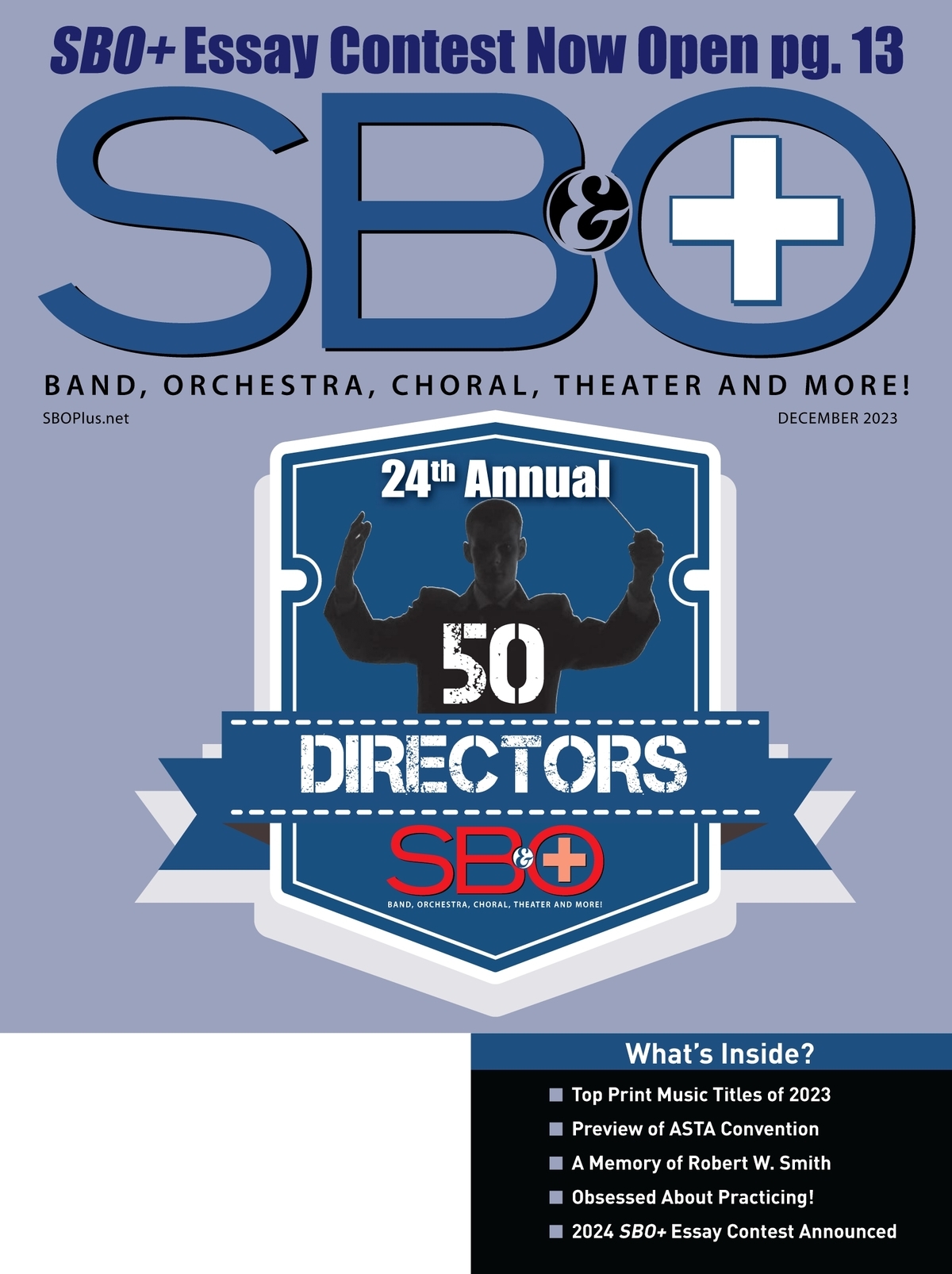EDUCATORS SUBSCRIBE FOR AS LOW AS $0.00! CLICK HERE!
 Over the years, I have received several emails that are essentially asking for advice for the same problem: beginner percussionists often only want to drum and are uninterested in playing keyboard instruments.
Over the years, I have received several emails that are essentially asking for advice for the same problem: beginner percussionists often only want to drum and are uninterested in playing keyboard instruments.
Here’s what they often look like:
Help! I’m having trouble getting my beginner percussionists to enjoy playing mallets whatsoever. They only want to play on their practice pads. They complain every day when we get out the bell kits. I have found it impossible to keep them engaged or interested without complaining.
I’ve tried a number of things on bells to help increase the “fun factor.” We play easy tunes and work on simple scale patterns and arpeggios. Even though they are more engaged, they still tell me they’d rather not play keyboard and would rather just “hit stuff.”
I refuse to lower my standards for them, and I’ve started testing them over bells more, but that doesn’t even work. It’s just making all of us frustrated!
— Ticked off in Texas
Everyone who has taught Beginning Percussion has had this problem, and it’s one that we will probably face regularly throughout our careers. Having some solid strategies in the classroom certainly makes a big difference, but so does selecting the right student for Beginning Percussion. That, however, merits a separate article.
One thing I’ve seen advised is to start your percussion class on keyboard and only once the class has reached a certain baseline of ability do you move on to snare pad. In theory, this takes students at the beginning of the year when they are most excited about playing and puts their focus on something they might normally dread. I can see where this might work for some educators, but when I tried it, it was a colossal failure and I felt like I spent the rest of the year trying to salvage that class.
 Here’s why: the fundamentals of snare drum carry over in so many ways to keyboard playing (grip, stroke, principles of rebound even though it’s minimal). When you target keyboards first, you have to address all of those fundamentals, but you also have to do all of the theory work that is necessary for them to be able to get started. For even the above average middle school student it can be completely overwhelming.
Here’s why: the fundamentals of snare drum carry over in so many ways to keyboard playing (grip, stroke, principles of rebound even though it’s minimal). When you target keyboards first, you have to address all of those fundamentals, but you also have to do all of the theory work that is necessary for them to be able to get started. For even the above average middle school student it can be completely overwhelming.
Consider what it’s like to start a wind student: you have to work on putting the instrument together, breathing, forming an embochure, and getting a good sound. You have more time to gradually introduce theory concepts along the way. By contrast, percussionists are ready to go, right away and don’t struggle with getting a good sound — just a good grip and stroke.
The most successful classes I’ve taught have followed this format: the first six weeks of school are spent on snare pad only. In the 7th week, we do a week of keyboard only to help introduce the instrument and form a foundation of simple playing. Then in the 8th week and beyond, we start each day on keyboard and after half of our time has elapsed, we switch to snare pad.
The reason this has seemed to work so well is that in addition to creating a solid set of physical fundamentals, students have also learned a good deal of rhythmic vocabulary and basic, non-pitched theory along the way. Then when you introduce the keyboards, they are only having to learn where the notes are on the staff and on the keyboard. While that can still be an uphill trek, it’s a far lower grade of learning curve. As a bonus, we also know that the best percussion method books start with only a few notes to learn on keyboard, so students are still “starting small” when they are introduced to keyboard.
It’s worth mentioning that during the first six weeks of school, even while we are working only on snare pad, I try to “hype” keyboard instruments as much as possible. You can show your students some videos of some DCI front ensembles or maybe some jazz vibraphone. I’ve shown kids high-end stuff like the virtuosic marimba solo, “Velocities” before and they’ve watched in wonderment (of course, so do I!). Also, if there’s an opportunity to bring up keyboard playing I’ll mention how cool it is and how much fun they are going to have doing it. Yes, it is a self-fulfilling prophecy!

My final thought is this: I would caution you to not approach keyboard playing as a gateway back to snare drum. Playing keyboards well should be the goal, not just passing it off, so you can do something different. Think about piano class in college. No one wanted to be there, they just wanted to pass it off and get on with their lives. When kids see something as just a barrier to get to something else, they won’t enjoy the barrier. Keyboard playing is not a barrier, it’s a joy and a wonderful part of being a percussionist. Playing music is always the goal. Getting through keyboards just so you can play snare again is a cue to your students that you don’t value keyboard playing, either.
Those might be stern words, but we need to remember that our students will take on our attitude about playing percussion. If our attitude is to truly embrace percussion as a whole, we need to make sure that our words and actions follow that belief. Our enthusiasm for keyboard playing should be infectious!
Eric Rath is an active educator, clinician, adjudicator, arranger, and composer. He has served as a band and orchestra director as well as a percussion specialist at the middle and high school levels. Mr. Rath and Ralph Hicks are the co-authors of the percussion ensemble collection, “Beyond Basic Percussion” and the snare drum and keyboard fundamentals book, “Five Minute Drill” (Tapspace Publications). Recently, they launched their latest book, “The Golden Age of Ragtime,” which features five ragtime piano pieces transcribed for xylophone soloist and marimba ensemble or piano accompaniment. ericrathmusic.com






